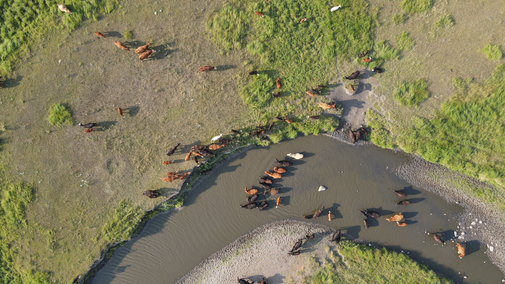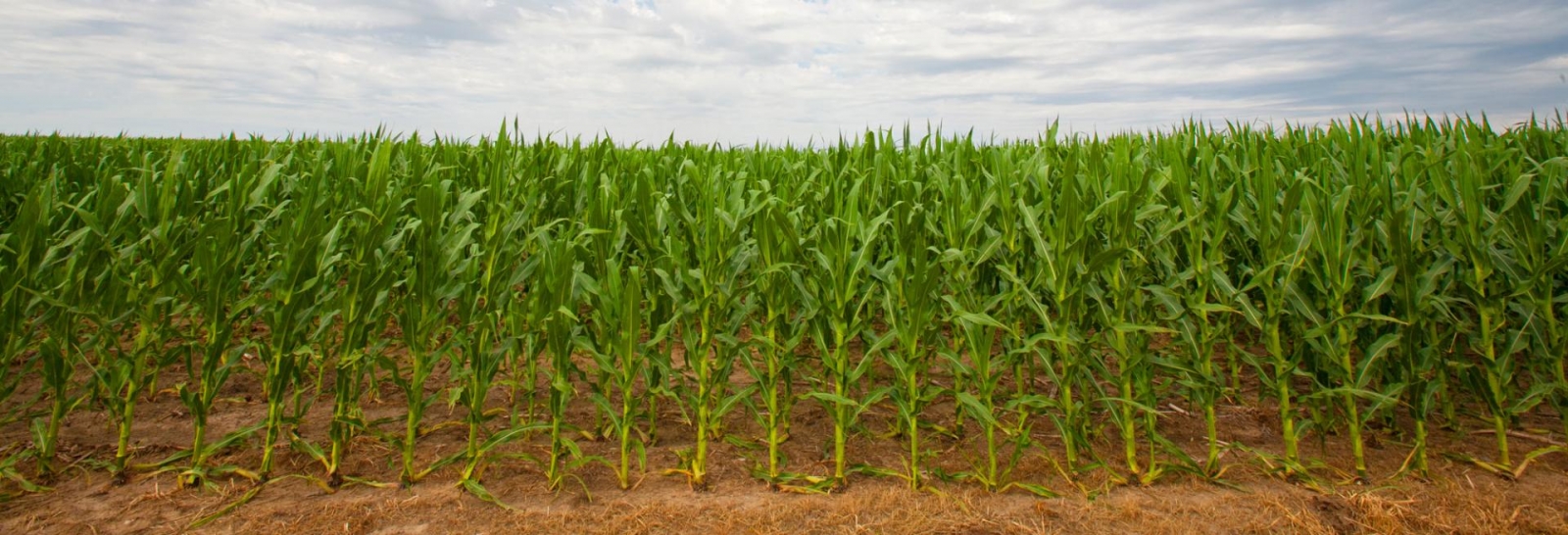Prepare Now in Case of Drought
Last fall and this winter have been dry, leaving most parts of the state in some level of drought. We are a few weeks away from another growing season and who knows how much moisture lies ahead. Today, I’ll suggest some ways you can limit the forage problems drought could cause.
Drought is likely to be a problem again this summer, at least somewhere. Because hay can be costly when pastures are short, we need to consider ways to minimize damages if we receive less than average rainfall. Fortunately, early spring is a time you can take action that can minimize some of drought’s problems.
For starters, prepare a strategy for using any remaining hay. One of the better options is to feed hay a bit longer into spring before turning cows out to permanent pasture. I know this action is exactly opposite of my usual recommendation to graze more and feed less hay. But allowing pastures to accumulate a bit more growth before grazing begins will provide more total grazable forage if drought prevents much regrowth later on. Leftover hay also can be used later during the grazing season to give pastures more time to recover between grazings.
Another strategy is planting annual forages for pasture or hay. Some excellent choices are oats planted as early as possible or summer annual grasses like sudangrass, sorghum-sudan hybrids and pearl millet planted once soils are good and warm. Late May or early June usually is best for these grasses. So, reserve some ground now for these drought-insurance grasses, before you plant everything to corn, beans and other crops. And don’t forget about possibly planting these grasses or even some fall cover crop forages into wheat stubble as a double crop after harvest.
If the rains don’t come, planning and acting now to reduce potential forage losses from drought will pay big dividends.
Understanding a Hay Test: TDN
Often, the terms Total Digestible Nutrients (TDN) and energy are used interchangeably when discussing forages and feeds, but realistically TDN is one measurement of energy.
There are many different components that make up what we call TDN. TDN is a combination of digestible fiber, lipids and proteins. Acid detergent fiber or ADF, is used to help calculate TDN from the fiber component. The lower the ADF, the higher energy the forage contains in most situations. When supplementation is being considered, especially on a diet that is primarily forage, TDN is one of the most important vales to know from our forage test. When comparing forages, protein is often looked at first while TDN can overlooked. This can easily lead to diets lacking energy to meet animal needs.
TDN values will be affected by maturity of the forage, weather conditions in which the forage was grown and harvested, and fertilization or other agronomic practices. For example, Sandhills meadow hay TDN ranges between 50% and 65% on a dry matter basis.
Understanding energy is important for the health and nutrition of livestock. For cows, TDN is the value that typically needs to be used to calculate their needs which changes drastically with different stages of production. Buy understanding TDN values and how they fit into livestock diets, we can ensure our animals receive adequate energy year-round.

